I Never Knew That!
Hidden Histories and Mysteries Revealed
What’s Your “Wait, What?” History Moment?
“I didn’t know that” or “We never learned that in school” seems to be the most common reaction when hearing about the 1921 Tulsa Race Massacre–where mobs of White residents attacked Black residents and businesses of the Greenwood District in Tulsa, Oklahoma.
Not to detract from the significance of the leaning moment regarding the Tulsa incident, but in general such reactions are not unusual when it comes to learning about history. In fact, they’re probably the most uttered statements in local history museums and heritage societies just after “Oh wow!” and “WTF?”
To borrow from Jeff Snedden’s prolific newspaper and video series, Beaver County is full of amazing “histories and mysteries,” many of which have been revealed through his 275+ well written and entertaining stories. (The entire YouTube video series has been inducted into the Listening Library of Beaver County).
But public historians—those folks who bring history to life through museum exhibits, docent tours, videos, podcasts, and other historical programs—will tell you, people are discovering, learning, and re-learning about history all the time. Our relationship to history is never really static.
In reality our understanding of history evolves, perhaps because of new additions of artifacts and physical updates to the historical record or maybe new interpretations of the historical record. Maybe it’s through new critical challenges to traditional historical narratives, such as the “Christopher Columbus discovered America” story.
Ultimately, learning history is more than discovering what is old and of the past. Learning history is also about the possibility of learning something new about who we are now–because of the past.
Today’s object lesson from historians regarding the Tulsa Race Massacre–which can not be separated from its wider social, political, and economic contexts influenced by slavery, the Civil War, and Jim Crow mentalities–is that our understanding of history is still being influenced and conditioned by the legacies of systemic racism, cultural bigotries, and legal and social injustice.
Engaging Public History
We’ve always championed the work of public historians as the important interface between history and the public. In the widest sense, public historians present and interpret history in all manner of ways, from teaching in classrooms to guiding museum walking tours, curating artifact exhibits to caretaking places on the National Register of Historical Places.
According to the National Council on Public History, “public history describes the many and diverse ways in which history is put to work in the world. In this sense, it is history that is applied to real-world issues. In fact, applied history was a term used synonymously and interchangeably with public history for a number of years. Although public history has gained ascendance in recent years as the preferred nomenclature especially in the academic world, applied history probably remains the more intuitive and self-defining term.”
No matter what we call it, history work that not only reveals the past but also shows how it informs and shapes the present is essential. In our view, far too much local history work falls short of bringing to light the latter concern–which is also fundamentally tied to the question, so what? What does this have to do with me and us? What today is a legacy of the past?
Public historians should always anticipate these questions at every turn. The answers (plural), should be intentionally and explicitly taught.
In this regard, public historians should take on the role of public educators–especially at the local level where history is most impactful. As such, one of the duties involved should be to seek out and reveal hidden histories such as the Tulsa Race Massacre and to dispel their “mysteries” (in part, why they’ve been hidden) through the use of critical historical thinking.
Critical Resources
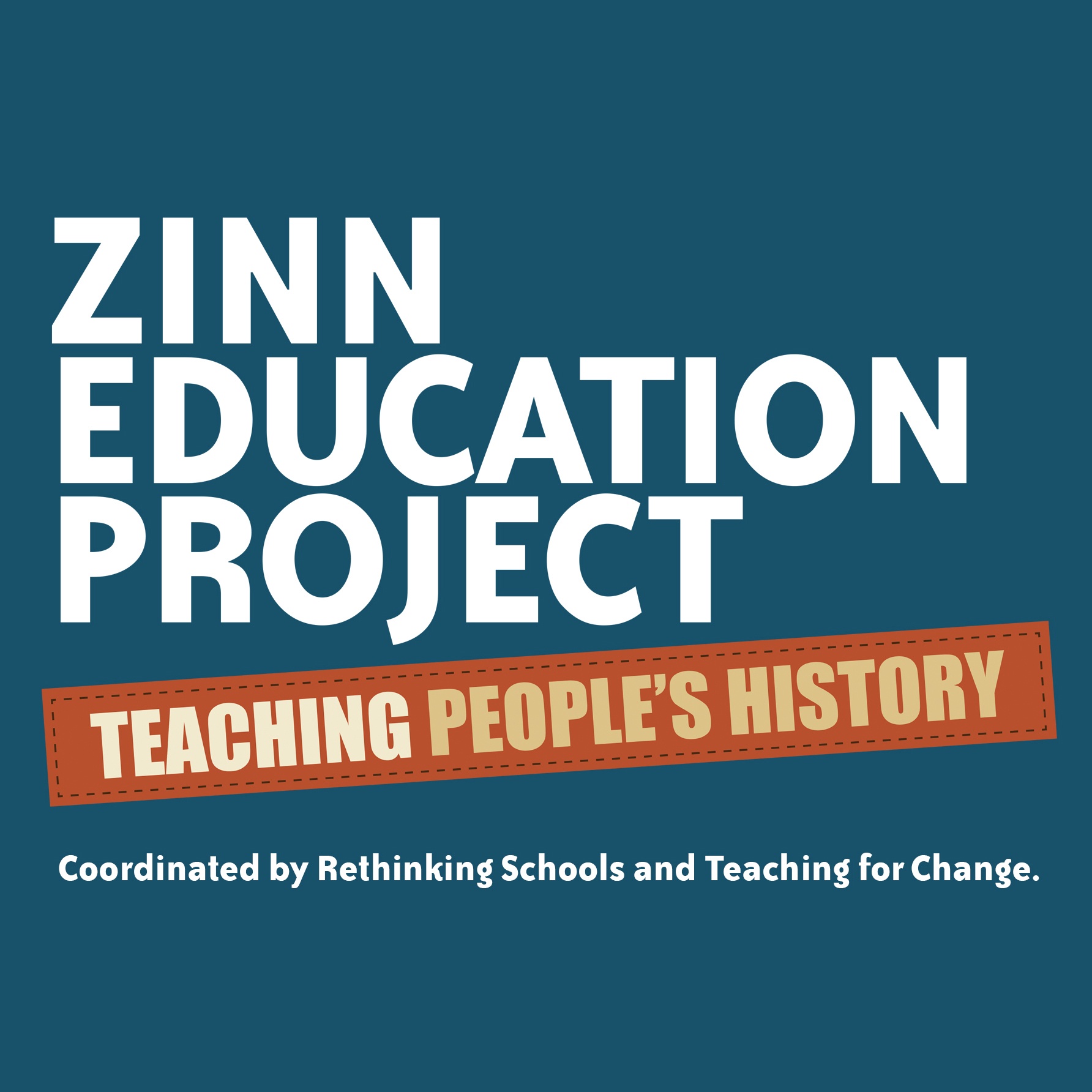
Zinn Education Project
The Zinn Education Project promotes and supports the use of Howard Zinn’s best-selling book A People’s History of the United States and other materials for teaching a people’s history in middle and high school classrooms across the country. The website features a rich database of resources, searchable by theme, time period, reading level, and format, and offers hundreds of free classroom lessons. Founded in 2008 by Howard Zinn and his former student William Holtzman, the Zinn Education Project is coordinated by two non-profit organizations, Rethinking Schools and Teaching for Change. Its goal is to introduce students to a more accurate, complex, and engaging understanding of United States history than is found in traditional textbooks and curricula. Read more at www.zinnedproject.org.
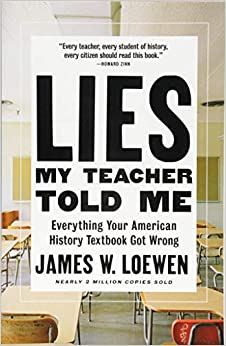
Lies My Teacher Told Me
Lies My Teacher Told Me: Everything Your American History Textbook Got Wrong is a 1995 book by James W. Loewen, a sociologist. It critically examines twelve popular American high school history textbooks and concludes that the textbook authors propagate false, Eurocentric and mythologized views of American history. In addition to his critique of the dominant historical themes presented in high school textbooks, Loewen presents themes that he says are ignored by traditional history textbooks.
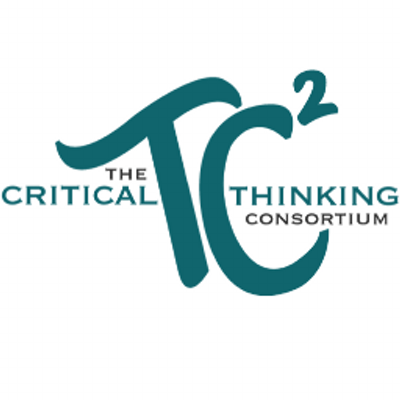
Teaching Historical Thinking
The study of history comes alive and is more engaging and meaningful for students when they learn how to think like an historian. The Critical Thinking Consortium's aim is to work in sound, sustained ways with educators and related organizations to inspire, support and advocate for the infusion of critical, creative and collaborative thinking as an educational goal and as a method of teaching and learning.

The Student’s Guide to Going Beyond Dates, Places, and Names to the Core of History Historical Thinking
Learning history entails learning the ideas that historians use to define and structure history. Learning a historical concept entails learning how to use it in thinking through some historical question or issue. Hence, to understand the idea of power in history is to learn how people have used power to get what they want. To understand the idea of exploitation in history is to learn how people with power have used people with little or no power to get what they want. To understand how and why people in power have exploited those with little or no power is to understand the role of irrationality in the pursuit of power. It is to understand, in other words, that people are often selfish and therefore unwilling to consider how their misuse of power (to get something for themselves) might harm others. It also entails understanding that people are often willing to deny the rights and needs of those outside their group to get something for their group – money, power, prestige, and so forth. In sum, the concepts of power, exploitation, and irrationality are concepts that historians often use to understand why and how people have behaved in certain ways throughout history. These are just some of the many concepts historians use to reason through historical problems and issues.
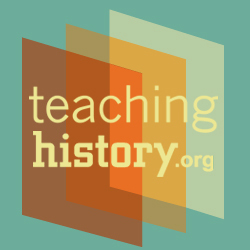
The Connection Between Literacy and History
History requires particular kinds of reading and writing strategies that are critical to students being college-, career-, and citizenship-ready. It requires that students become creators and connoisseurs of arguments, careful readers, and good questioners. Students must learn that place, time, audience, and purpose matter to how authors craft and deliver their message. They should learn to ask questions of text like: whose voice is missing? What is the evidence for that claim? How are conclusions about this topic limited? History offers opportunities for students to learn how to identify and write causal claims, use hedging language to assert neither too little nor too much, identify ambiguities, and weigh evidence to make a convincing claim. Teachinghistory.org has many resources that can help you teach students discipline-specific reading and writing strategies and competencies.
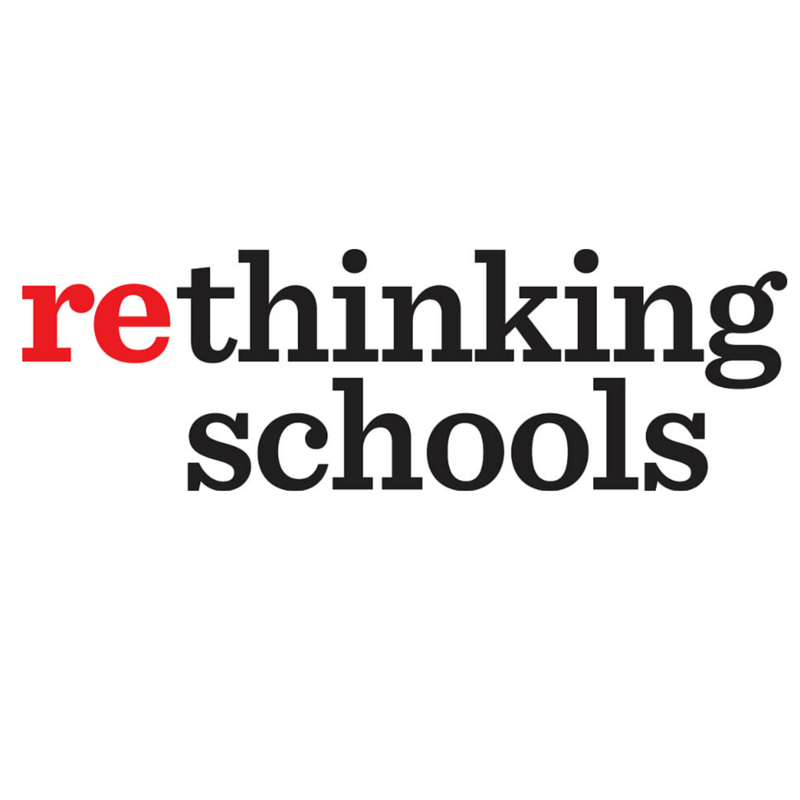
Rethinking Schools
Rethinking Schools is a nonprofit publisher and advocacy organization dedicated to sustaining and strengthening public education through social justice teaching and education activism. Our magazine, books, and other resources promote equity and racial justice in the classroom. We encourage grassroots efforts in our schools and communities to enhance the learning and well-being of our children and to build a broad democratic movement for social and environmental justice.
You must be logged in to post a comment.